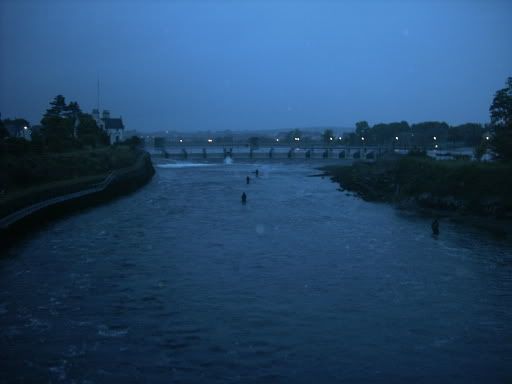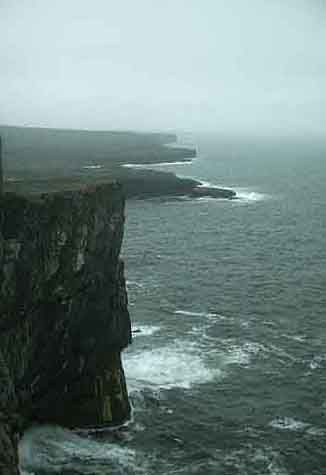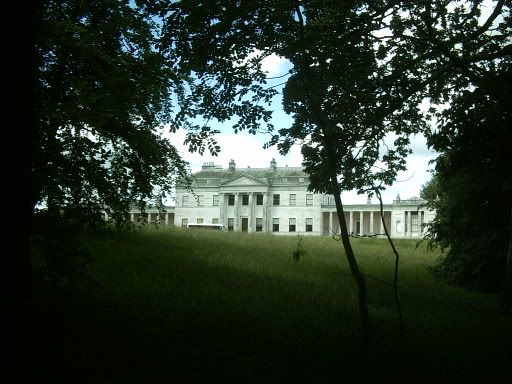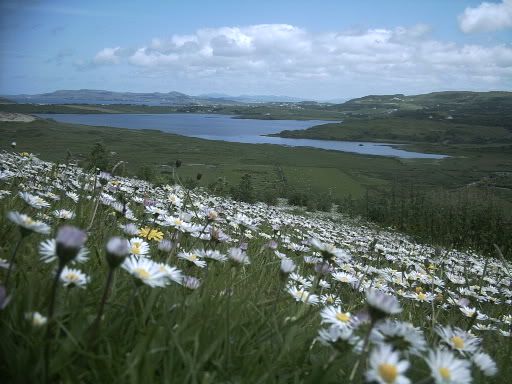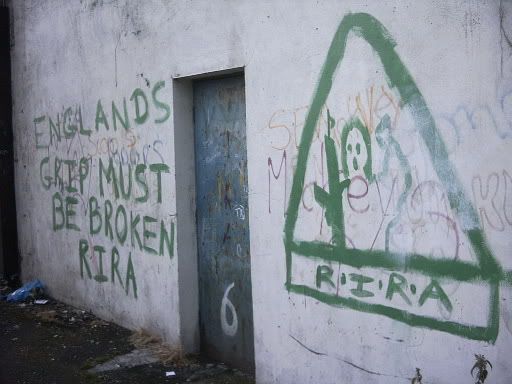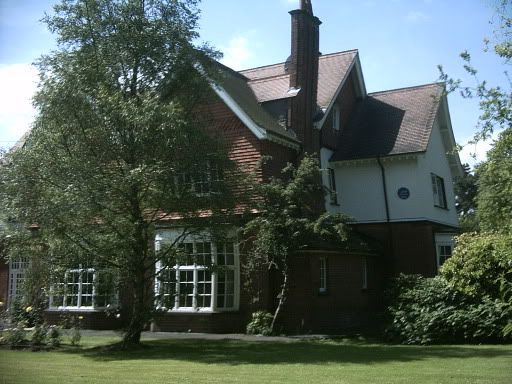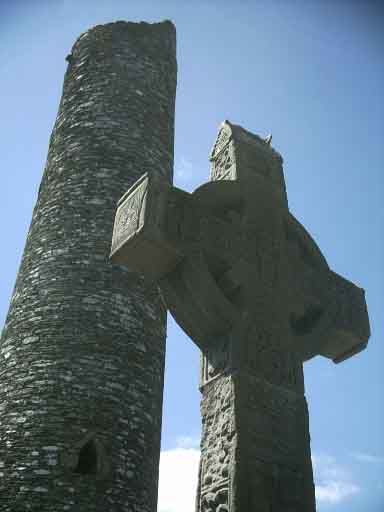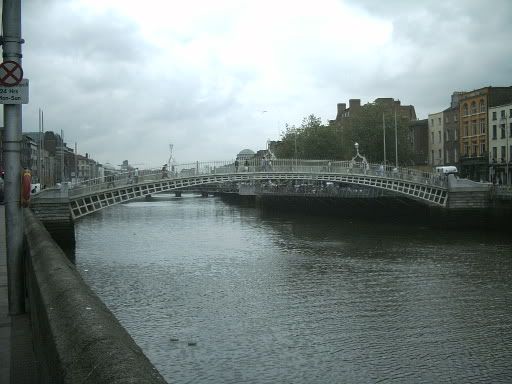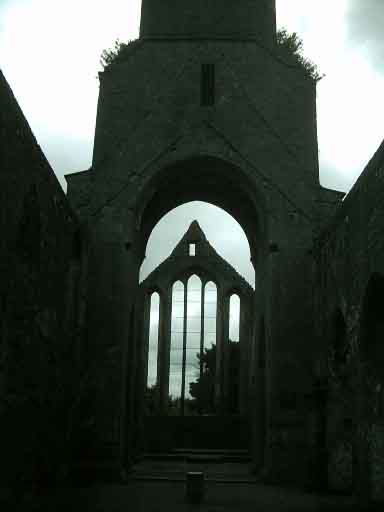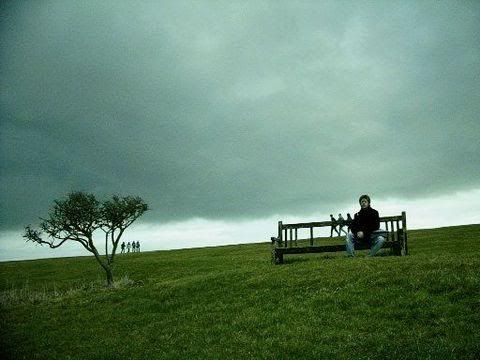X, Xians and Xianity
OK, you know Xmas? As in Christmas - Christ + X = Xmas? And how lots of people see this as an egregious example of secularization and out-of-control political correctness in an insolent and rebellious world? And how these people are missing the fact that X has long been an abbreviation for Christ, since in Greek X (or χ or chi (say: kai)) is the first letter of Christ? And how thus, Xmas has nothing to do with the dilution of the greatest story ever told or ideological imperialism, but is really part of an ancient Christian tradition? Isn't that great?
Well I was thinking. X, of all the letters, is easily the most trendy, and has been for decades. Let's count the ways: the L.A. punk band X, the X Games, the X-Men, the X-Wing, the pirate connection ("X marks the spot! Arr!"), planet X, X as kiss (a step above O for sure), and all that's just a quick skim of the surface. Despite all this use, X still holds up as something mysterious and quite possibly dangerous. What luck, then, and how appropriate, that as Christians we had it first!
Now, I'm not really suggesting that we all start calling ourselves Xians (now that I'm looking at that, I'm thinking it might suggest we have some sort of extra-terrestrial delusion (quick research reveals I'm close: Xi'an is an important Chinese city (meaning? "Western peace."))) First of all, while we're all well aware of the atrocities that have been committed in the name of Christianity, the term (and how infinitely less the thing itself!) is nothing to hide or be ashamed of. Secondly, well, see paranthetical re: E.T.'s above.
Still though, it's nice to know we have that option. I do suggest that the three terms in the title are not bad short-hand type subsitutes, all of which preserve (revive?) the grandeur and mystery of the things themselves, while making no sacrifices, I hope, in the area of reverence?
UPDATE: It's becoming increasingly clear to me that this blog's primary purpose is to put my ignorance on display to the world. The day after I made this post, I found a letter in which C.S. Lewis (of all people -- I do read other things, honest) used "Xtianity." The first "t" confuses me; it suggests that X stands for Chris. My dad informed me that what I thought of as a pretty novel idea has actually been pretty common among theologians and other Christian scholars, especially those with knowledge of Greek, for hundreds of years. Sure enough, the next day I was reading Jonathan Edwards' "Narrative of Surprising Conversions," wherein the youngest of the Town seemed to be full of Love to whom? X.
Well I was thinking. X, of all the letters, is easily the most trendy, and has been for decades. Let's count the ways: the L.A. punk band X, the X Games, the X-Men, the X-Wing, the pirate connection ("X marks the spot! Arr!"), planet X, X as kiss (a step above O for sure), and all that's just a quick skim of the surface. Despite all this use, X still holds up as something mysterious and quite possibly dangerous. What luck, then, and how appropriate, that as Christians we had it first!
Now, I'm not really suggesting that we all start calling ourselves Xians (now that I'm looking at that, I'm thinking it might suggest we have some sort of extra-terrestrial delusion (quick research reveals I'm close: Xi'an is an important Chinese city (meaning? "Western peace."))) First of all, while we're all well aware of the atrocities that have been committed in the name of Christianity, the term (and how infinitely less the thing itself!) is nothing to hide or be ashamed of. Secondly, well, see paranthetical re: E.T.'s above.
Still though, it's nice to know we have that option. I do suggest that the three terms in the title are not bad short-hand type subsitutes, all of which preserve (revive?) the grandeur and mystery of the things themselves, while making no sacrifices, I hope, in the area of reverence?
UPDATE: It's becoming increasingly clear to me that this blog's primary purpose is to put my ignorance on display to the world. The day after I made this post, I found a letter in which C.S. Lewis (of all people -- I do read other things, honest) used "Xtianity." The first "t" confuses me; it suggests that X stands for Chris. My dad informed me that what I thought of as a pretty novel idea has actually been pretty common among theologians and other Christian scholars, especially those with knowledge of Greek, for hundreds of years. Sure enough, the next day I was reading Jonathan Edwards' "Narrative of Surprising Conversions," wherein the youngest of the Town seemed to be full of Love to whom? X.

